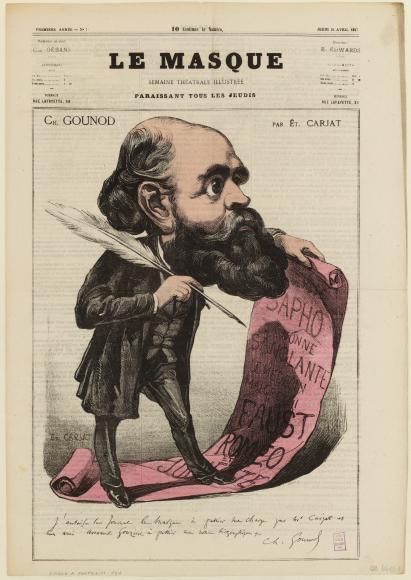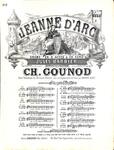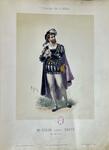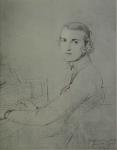
Charles GOUNOD
1818 - 1893
Composer
Charles Gounod, the son of a painter, was left fatherless at the age of five and was brought up by his mother, from whom he received his early musical education, before studying with the famous Antoine Reicha. After classical studies and a baccalauréat in philosophy, he entered the Paris Conservatoire in 1836 to study with Halévy (counterpoint), Le Sueur and Paër (composition). He was awarded the Grand Prix de Rome in 1839. For a time he considered entering the priesthood, and his great devoutness gave rise to an impressive corpus of sacred works. His passion for the theatre finally prevailed, however. His first opera, Sapho(1851), was not an outright success, but it brought him a commission the following year from the Comédie-Française: to compose the incidental music for Ulysse. After that he wrote La Nonne sanglante (1855), Le Médecin malgré lui (1858) and, of course, that undoubted masterpiece of French art, Faust (1859). None of his other works, except perhaps Roméo et Juliette (1867), was to equal the success and fame of that opera inspired by Goethe’s play. But he went on to compose La Colombe and Philémon et Baucis (1860), La Reine de Saba (1862), Mireille (1864), Cinq-Mars (1877), Polyeucte (1878) and Le Tribut de Zamora (1881). Celebrated as a national treasure, elected to the Institut de France in 1866, Gounod left his mark on his time through his particular brand of sensitivity and his impressive catalogue of works, largely dominated by vocal compositions, despite major incursions into the fields of orchestral and chamber music.
Chronological milestones
Focus
Focus
La mélodie française
Scientific publications
Publication
Charles Gounod. Faust
Publication
Charles Gounod. Le Tribut de Zamora
Publication













